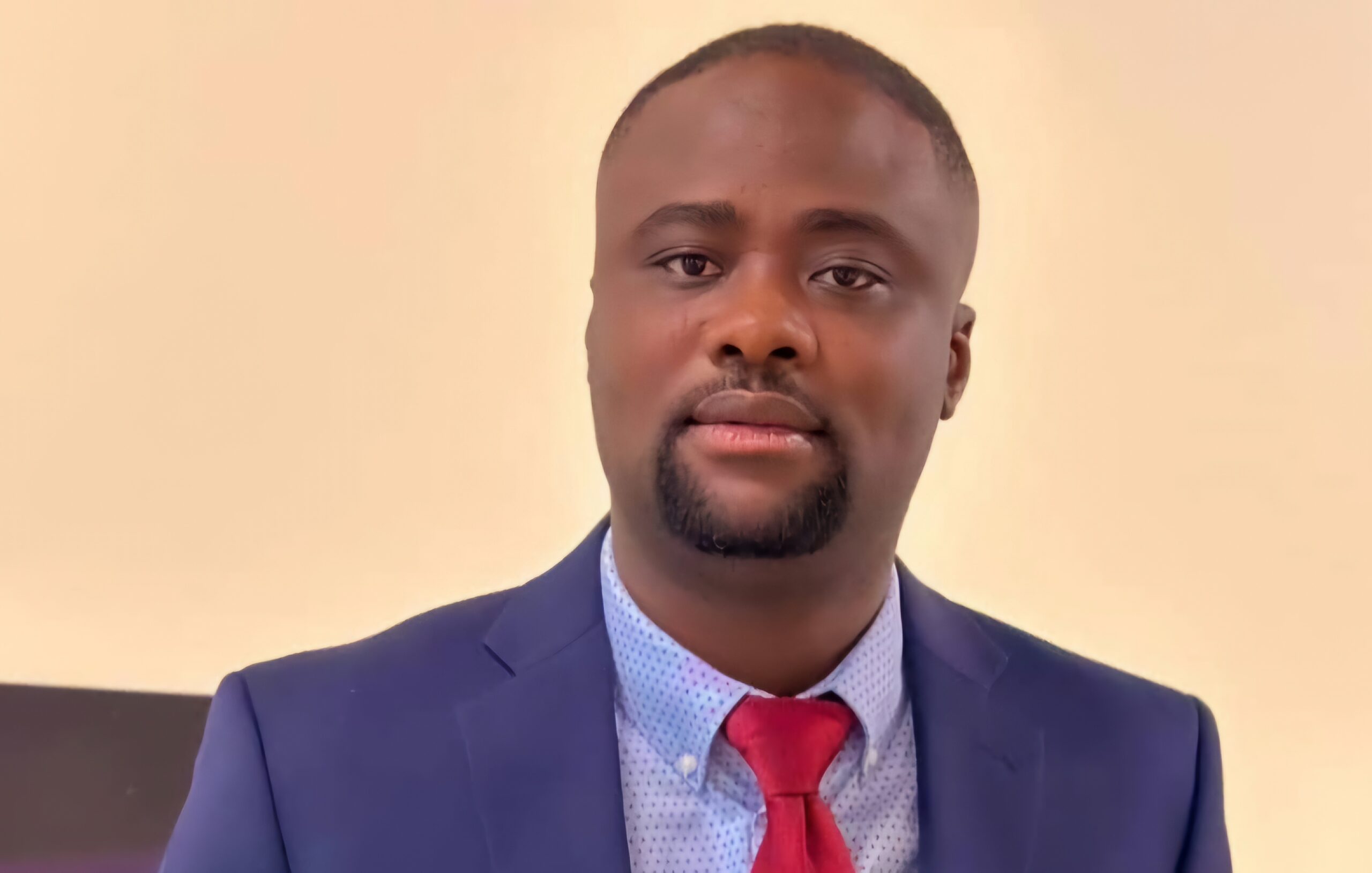 A trailblazing researcher specialising in medical physics and artificial intelligence, Adigun Oluwasayo Peter, is receiving accolades for his innovative approach to addressing environmental health challenges in Nigeria.
A trailblazing researcher specialising in medical physics and artificial intelligence, Adigun Oluwasayo Peter, is receiving accolades for his innovative approach to addressing environmental health challenges in Nigeria.
His recent study, titled “Simulation Prediction of Background Radiations Using Machine Learning, has sparked significant interest following its presentation at the 44th Annual Conference of the Nigeria Institute of Physics, where experts lauded its potential to revolutionise radiation monitoring.
Two rapidly growing localities within Nigeria’s Federal Capital Territory Gwagwalada and Kwali Area Council, face a pressing yet often overlooked challenge: background radiation. This radiation, which originates from natural sources as well as human activities, poses significant health and environmental risks. Until now, these threats have remained largely unaddressed due to the absence of precise detection and predictive tools.
Peter’s groundbreaking research involved collecting field data from over 2,000 locations across Gwagwalada and Kwali Area Councils using a Gamma Scout device to measure alpha, beta, and gamma radiation levels. By employing advanced machine learning models, including Random Forest and Support Vector Machines, Peter successfully classified radiation exposure levels as harmful or harmless with remarkable accuracy.
Notably, the Random Forest model achieved an impressive accuracy rate of 94 per cent. The research identified critical areas of elevated radiation levels, particularly around landfills and sewage sites, findings that provide essential insights for policymakers and environmental agencies striving to enhance public safety.
The researcher’s work empowers authorities to develop targeted interventions that protect residents from harmful radiation exposure.
Speaking during an exclusive interview shortly after presenting his findings at the Nigeria Institute of Physics conference, Peter emphasized the importance of integrating artificial intelligence into environmental health monitoring. “By employing AI-driven models, we can predict and address radiation-related hazards with unprecedented accuracy and efficiency,” he explained.
Peter’s research is already being hailed as a milestone in the field of medical physics and environmental safety. Experts attending the conference praised his work for providing a robust framework that other researchers and policymakers can build upon to mitigate radiation risks in densely populated and industrialized areas.
With Gwagwalada and Kwali Area Councils continuing to expand, Peter’s innovative use of AI offers a scalable solution to an increasingly critical problem. His research underscores the transformative power of science and technology in safeguarding public health and enhancing environmental resilience. For the residents of Gwagwalada and Kwali Area Councils, as well as policymakers nationwide, the implications of Peter’s work are clear: technological innovation holds the key to a healthier, safer future.


